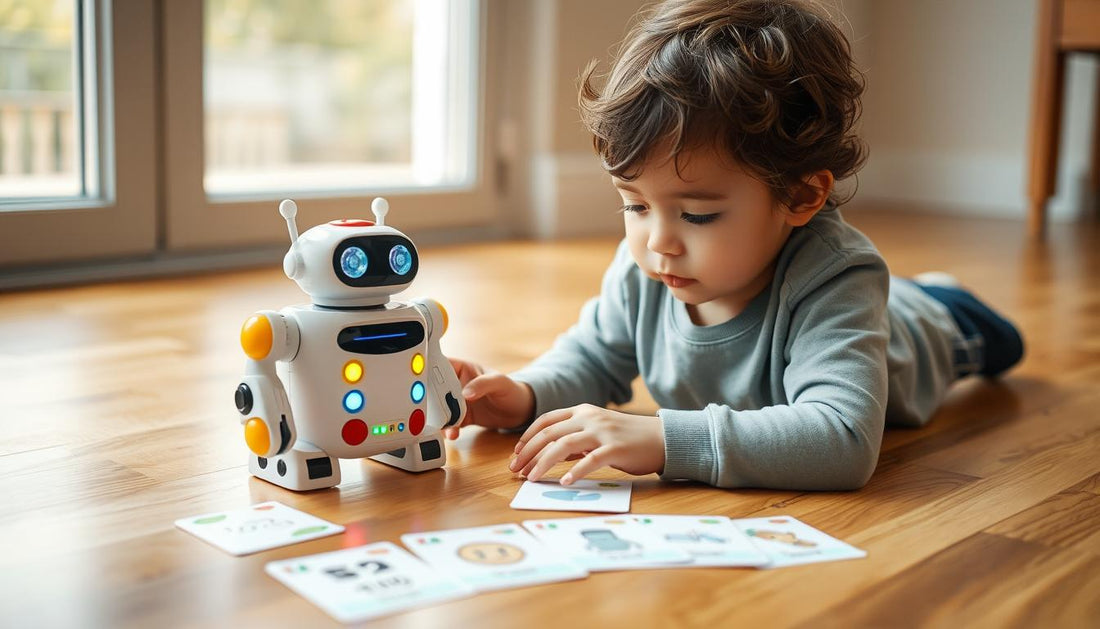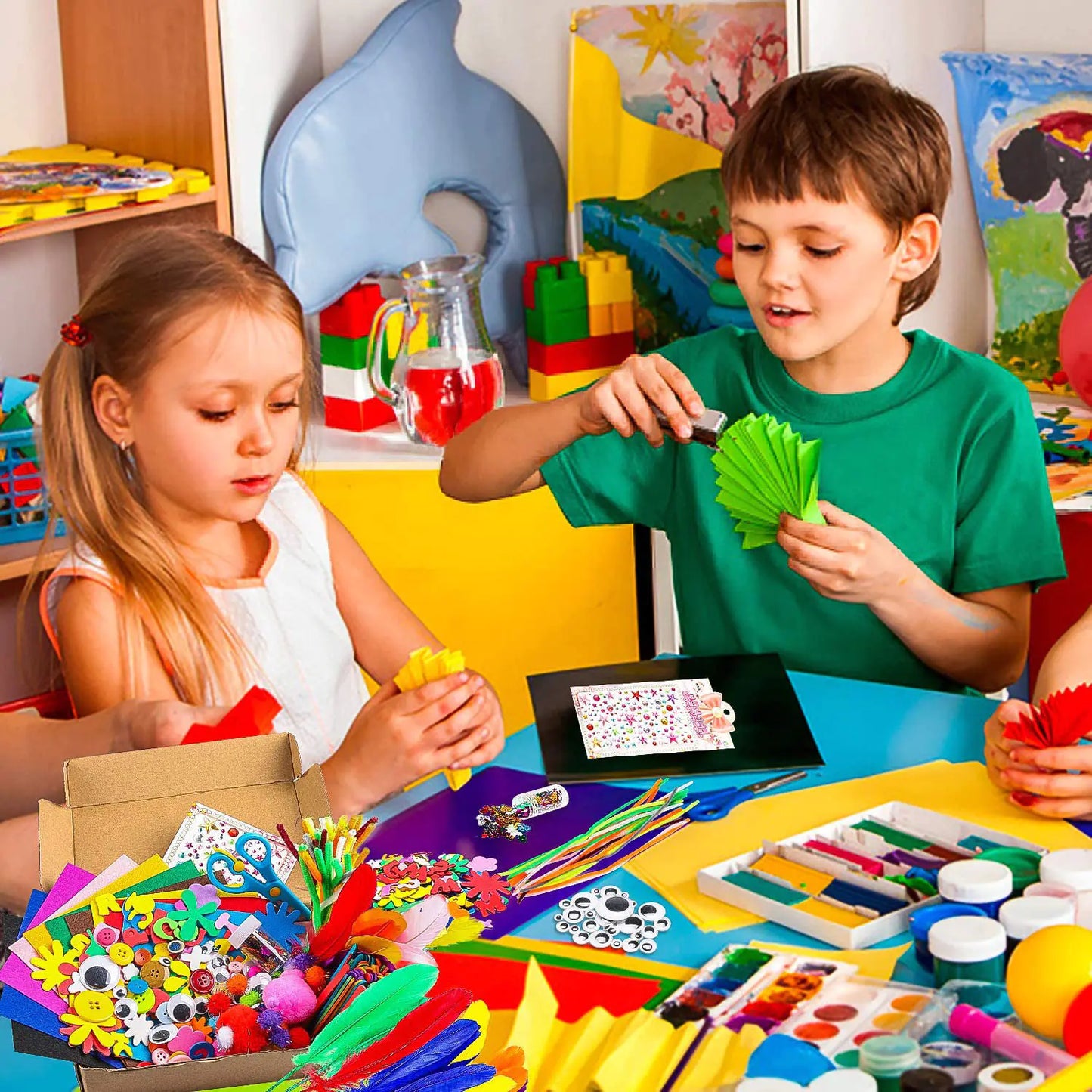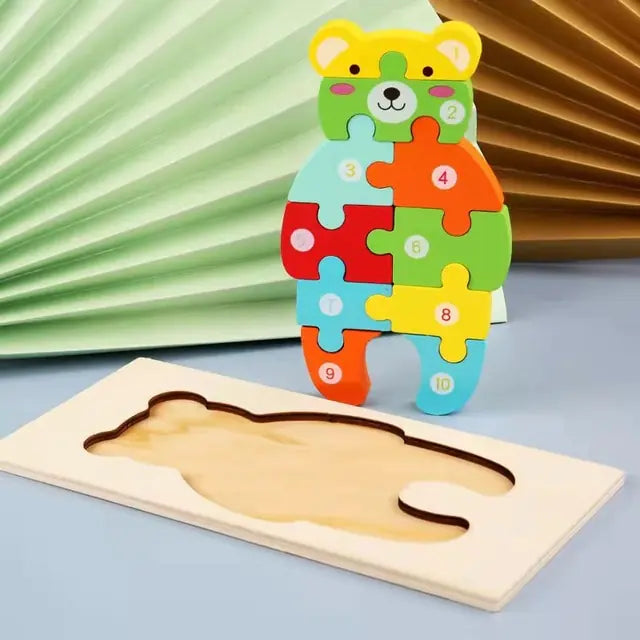Today's interactive toys are revolutionizing how children learn and develop essential skills. These innovative playthings combine entertainment with education, creating engaging experiences that captivate young minds while building crucial developmental foundations. As parents seek meaningful ways to support their children's growth, interactive toys have emerged as powerful tools that make learning feel like play.
What Makes Toys Truly Interactive?

Interactive toys go beyond passive entertainment by responding to a child's actions and encouraging active participation. Unlike traditional toys, these dynamic playthings provide feedback, adapt to different play styles, and often incorporate multiple learning pathways. The best interactive toys create a two-way relationship between the child and the toy, stimulating curiosity and rewarding exploration.
Modern interactive toys range from high-tech robots with sophisticated programming to cleverly designed tactile toys that respond to a child's touch and manipulation. What unites them is their ability to engage children in meaningful play experiences that develop critical thinking, problem-solving, and creativity—all while maintaining the fun factor that keeps kids coming back for more.
5 Key Benefits of Interactive Toys for Child Development
Cognitive Development

Interactive toys challenge children to think critically and solve problems. Studies show that children who regularly engage with problem-solving toys demonstrate a 63% improvement in logical reasoning skills. These toys encourage pattern recognition, cause-and-effect understanding, and strategic thinking.
Motor Skills Enhancement

Both fine and gross motor skills develop rapidly when children interact with toys requiring physical manipulation. Interactive toys that involve pushing buttons, turning dials, or assembling pieces help refine hand-eye coordination and dexterity that will benefit children throughout their lives.
Language Acquisition

Interactive toys that incorporate speech, storytelling, or word games significantly boost vocabulary and language skills. Children using interactive language toys show a 45% larger vocabulary growth compared to those without access to such tools. These toys make language learning natural and enjoyable.
Social-Emotional Learning

Many interactive toys encourage collaborative play, teaching children essential social skills like sharing, taking turns, and communicating effectively. Toys that simulate emotions or social scenarios help children develop empathy and emotional intelligence in a safe, controlled environment.
Extended Engagement

Interactive toys typically hold children's attention for 3-4 times longer than non-interactive alternatives. This extended engagement allows for deeper learning experiences and helps children develop longer attention spans—a crucial skill in today's fast-paced world.
Adaptability to Growth

The best interactive toys grow with your child, offering different levels of challenge as skills develop. This adaptability ensures the toy remains relevant and beneficial through multiple developmental stages, providing excellent value for parents.
STEM-Focused Interactive Toys: Building Tomorrow's Innovators

STEM (Science, Technology, Engineering, and Mathematics) interactive toys introduce children to fundamental concepts through hands-on exploration. These toys transform abstract scientific principles into tangible experiences that children can understand and enjoy.
How Coding Robots Teach Logic
Coding robots exemplify how interactive toys can teach complex concepts in accessible ways. When a child programs a robot to navigate a maze, they're actually learning sequential thinking, logical reasoning, and basic programming principles. The immediate visual feedback—seeing the robot follow their commands—reinforces these concepts and builds confidence in their problem-solving abilities.
"When my 6-year-old daughter first started playing with her coding robot, I was amazed at how quickly she grasped concepts like loops and conditional statements—ideas I didn't encounter until college computer science classes."
Recommended STEM Interactive Toys by Age
| Age Group | Recommended Toy Type | Key Skills Developed | Engagement Level |
| 2-4 years | Simple cause-effect toys, building blocks with tech elements | Basic patterns, spatial awareness, motor skills | High with parental involvement |
| 5-7 years | Beginner coding toys, simple circuit kits | Sequential thinking, cause-effect relationships | Independent with occasional guidance |
| 8-12 years | Programmable robots, advanced building sets | Logical reasoning, basic programming concepts | Highly independent |
Language-Learning Interactive Toys: Building Communication Skills

Language development is a critical aspect of early childhood, and interactive toys offer engaging ways to build vocabulary, improve pronunciation, and develop reading readiness. These toys make language acquisition feel like play rather than work.
Phonics Games for Literacy Development
Interactive phonics toys bridge the gap between abstract letter sounds and reading skills. When a child interacts with a toy that pronounces letters and words when touched, they're forming crucial neural connections between visual symbols, sounds, and meanings. Research shows that children who use interactive phonics toys regularly demonstrate a 40% faster rate of reading readiness compared to traditional methods alone.
Parent Tip: For maximum language development benefits, engage with your child while they use interactive language toys. Ask questions about what they're learning, extend the vocabulary with related words, and connect the toy's content to real-world objects and experiences.
Interactive Storytelling: Beyond Basic Reading
Advanced interactive storytelling toys go beyond simple vocabulary building to develop narrative comprehension and creative expression. These toys might ask children questions about story elements, allow them to make choices that affect the narrative, or encourage them to record their own stories. This interactive approach develops deeper language skills like inference, prediction, and storytelling structure.
Sensory Exploration Toys: Engaging Multiple Learning Pathways

Sensory interactive toys stimulate multiple senses simultaneously, creating rich neural connections that enhance learning and development. These toys engage sight, sound, touch, and sometimes even smell to create immersive learning experiences.
Tactile vs. Digital Interactive Toys
Tactile Interactive Toys

- Develop fine motor skills through physical manipulation
- Provide immediate, tangible feedback
- Create strong sensory memories through touch
- Often more durable and longer-lasting
- No screen time concerns
Digital Interactive Toys

- Offer more complex adaptive responses
- Can update content as child develops
- Often incorporate audio and visual learning
- Track progress and adjust difficulty
- Prepare children for digital literacy
The ideal approach combines both tactile and digital interactive toys to provide a balanced sensory experience. This integration helps children develop a full spectrum of skills while learning to navigate both physical and digital environments—an essential capability in today's world.
Balancing Screen Time: When selecting digital interactive toys, look for options that encourage active rather than passive engagement, have clear learning objectives, and include features that limit session length to prevent excessive screen time.
Selecting the Right Interactive Toys: A Parent's Guide

With countless interactive toys on the market, selecting the right options for your child can feel overwhelming. These four key criteria will help you make informed choices that maximize developmental benefits while ensuring your child remains engaged and excited about learning through play.
Age-Appropriate Challenge
The best interactive toys provide just the right level of challenge—difficult enough to be engaging but not so hard that they cause frustration. Look for toys that grow with your child by offering multiple difficulty levels or expanding functionality.
Open-Ended Play Value
Interactive toys that allow for multiple play patterns and creative uses offer superior long-term value. These toys can be used in different ways as your child's interests and abilities evolve, extending their useful life and developmental benefits.
Quality & Durability
High-quality interactive toys may cost more initially but typically offer better educational value and last longer. Look for sturdy construction, non-toxic materials, and positive reviews regarding longevity and continued engagement.
Learning Objectives
Consider which developmental areas you want to prioritize for your child. The most effective learning happens when toys align with a child's current interests while gently expanding their horizons into new skill areas.
Questions to Ask Before Purchasing
The Future of Interactive Toys: What's Next?

The interactive toy landscape continues to evolve rapidly, with several emerging trends poised to transform how children learn through play in the coming years. Understanding these developments can help parents make forward-thinking choices about their children's educational toys.
Emerging Trends in Interactive Play
Adaptive AI Learning
Next-generation interactive toys are incorporating artificial intelligence that adapts to a child's learning pace and style. These toys can identify areas where a child excels or struggles and adjust content accordingly, providing truly personalized learning experiences.
Augmented Reality Integration
AR technology is blending physical toys with digital enhancements, creating immersive learning environments that combine tangible play with interactive digital content. This hybrid approach maintains the benefits of hands-on learning while adding engaging digital elements.
Collaborative Connected Play
Interactive toys that connect to allow children to play and learn together remotely are gaining popularity. These toys help develop social skills and collaborative problem-solving even when children are physically separated—a valuable feature in our increasingly connected world.
Conclusion: Embracing the Power of Interactive Play
Interactive toys represent a powerful intersection of education and entertainment, offering children engaging ways to develop essential skills while having fun. By thoughtfully selecting interactive toys that align with your child's developmental needs and interests, you can create a play environment that nurtures growth across cognitive, physical, social, and emotional domains.
Remember that the most valuable interactive experiences often come from combining high-quality toys with active parent participation. Your engagement, questions, and extensions of play scenarios multiply the educational benefits of even the best interactive toys. As technology continues to evolve, the fundamental principle remains unchanged: children learn best when they're actively engaged, appropriately challenged, and genuinely enjoying the learning process.
























